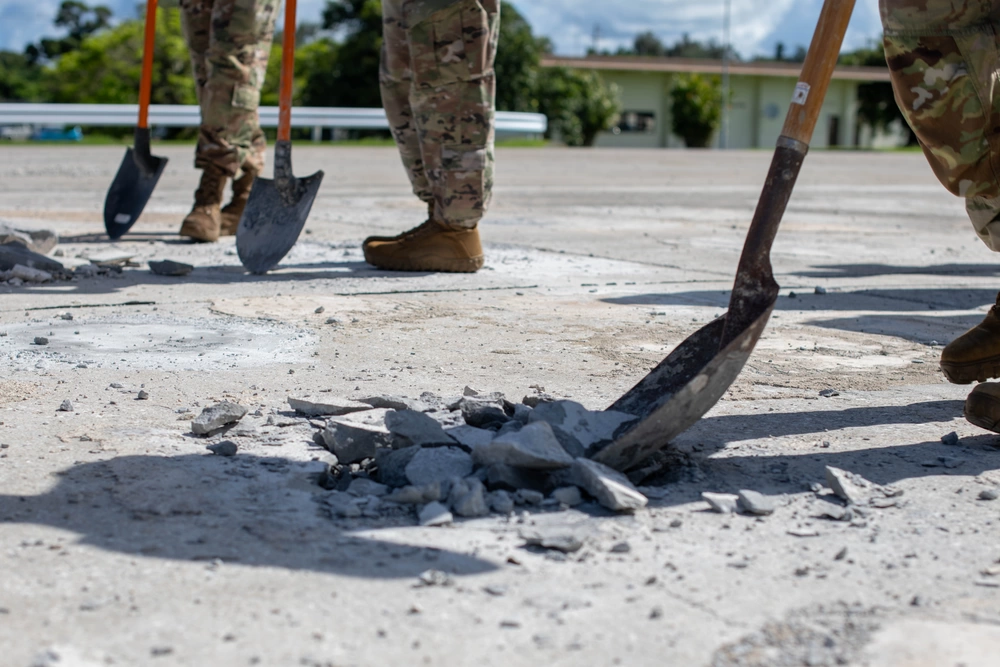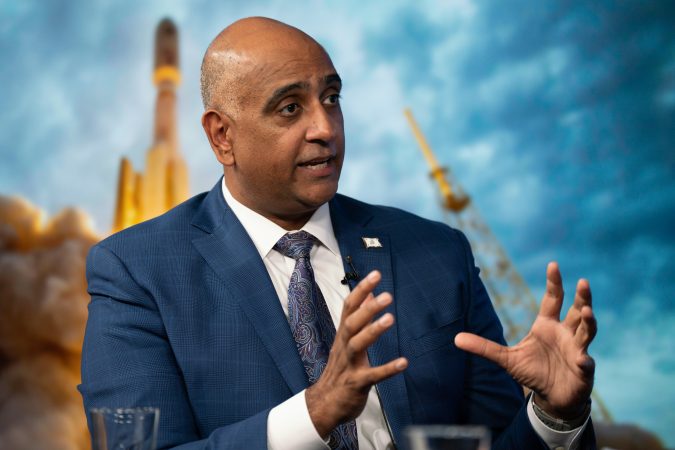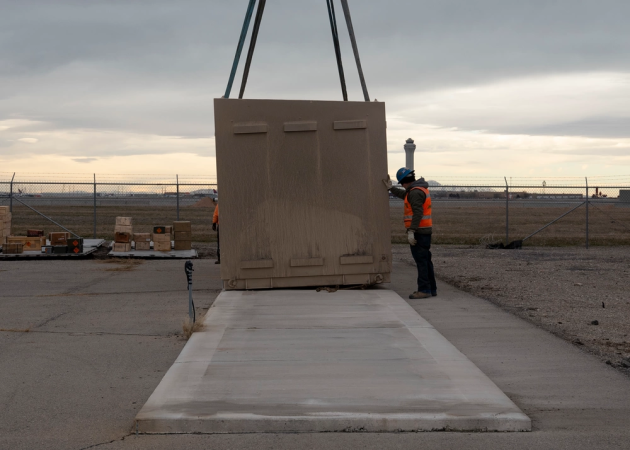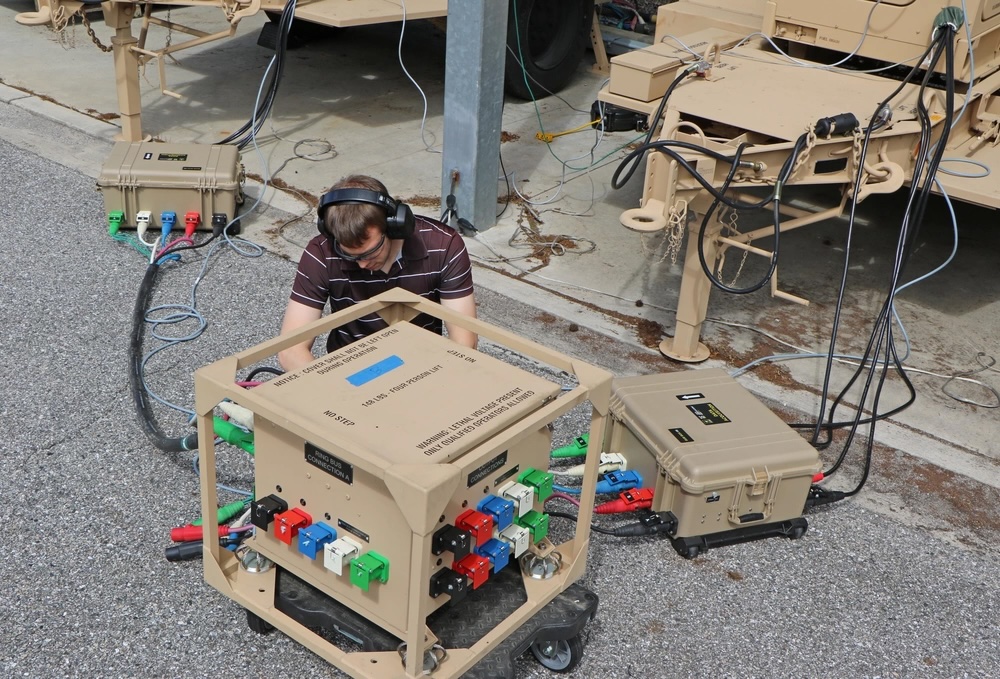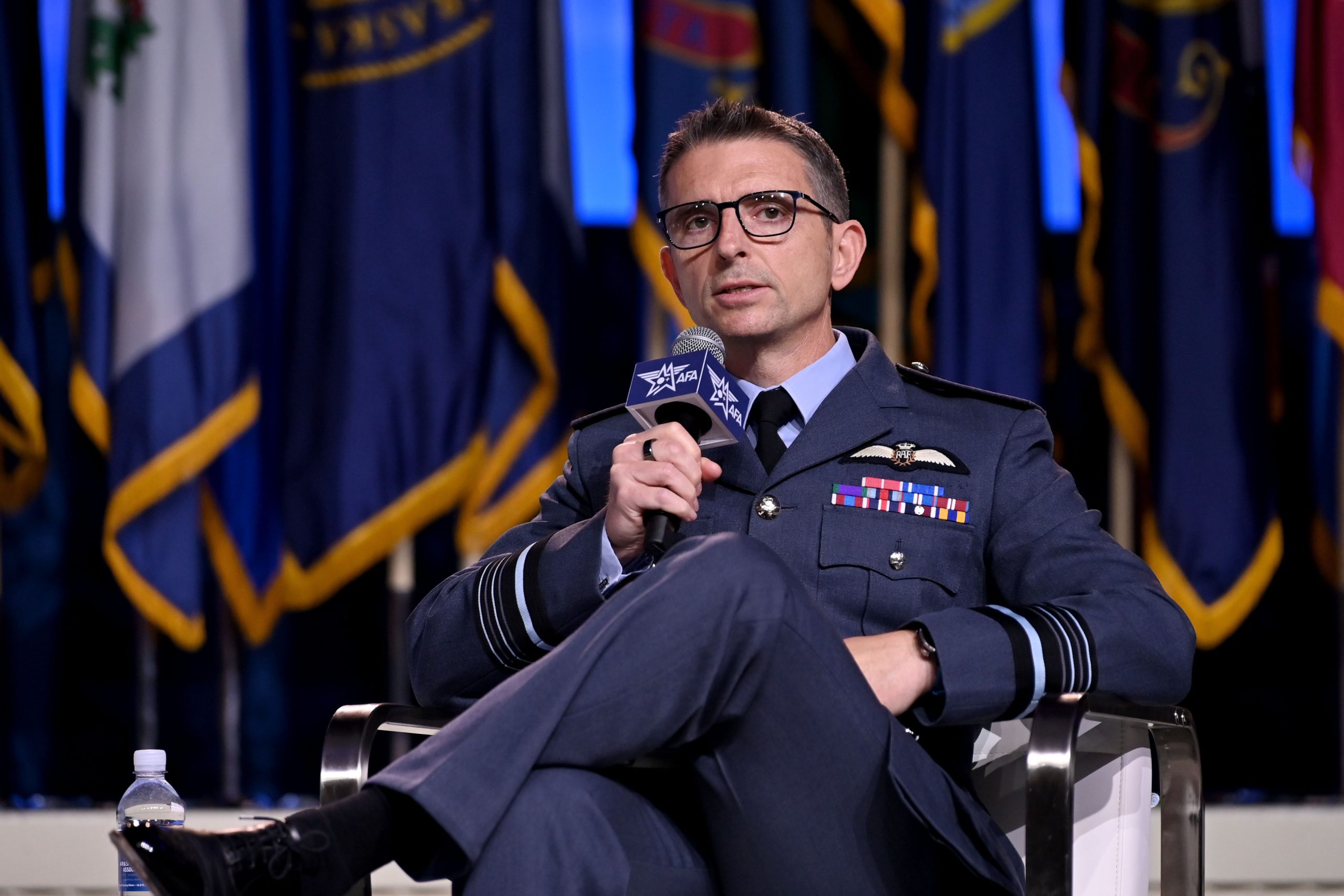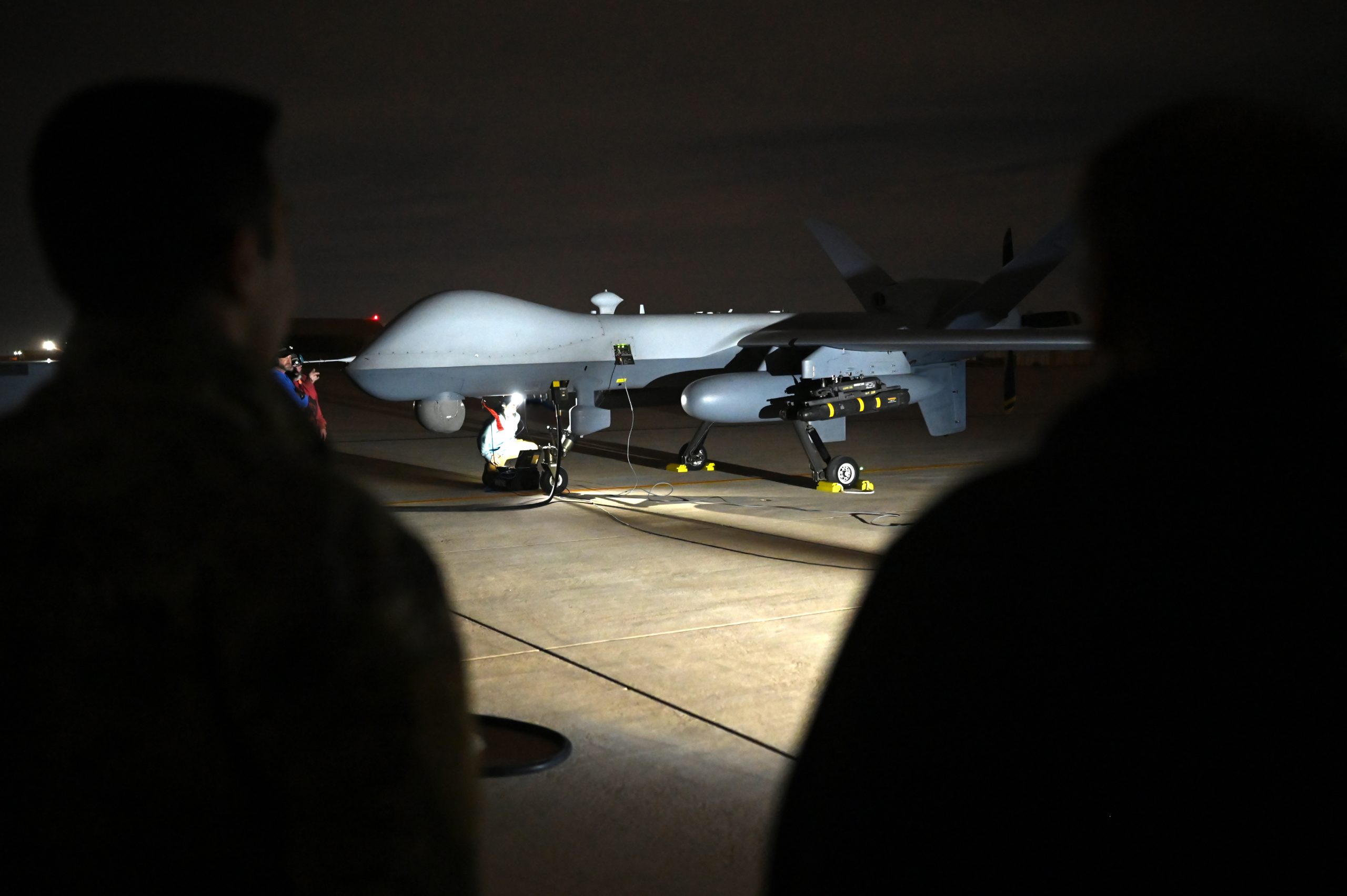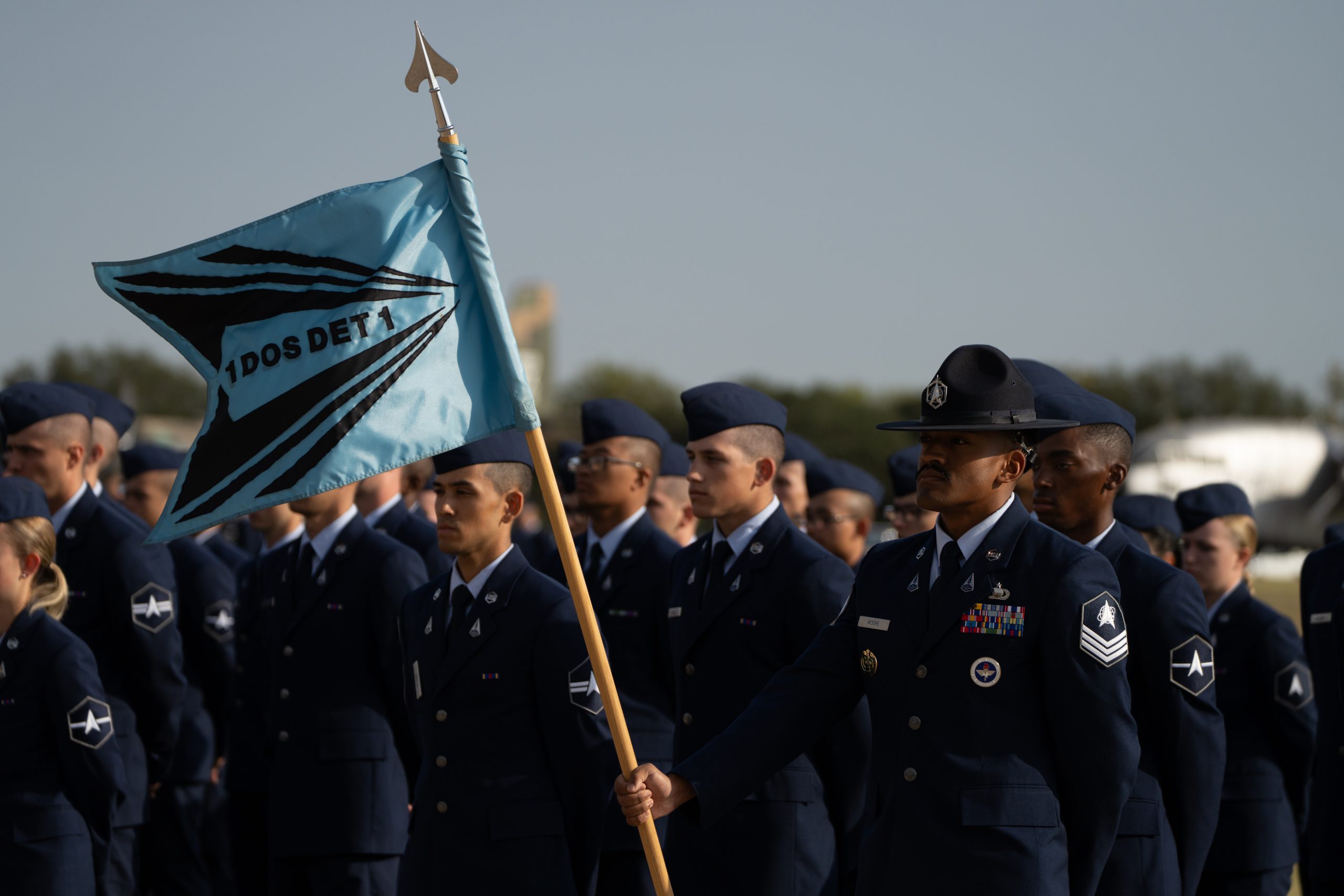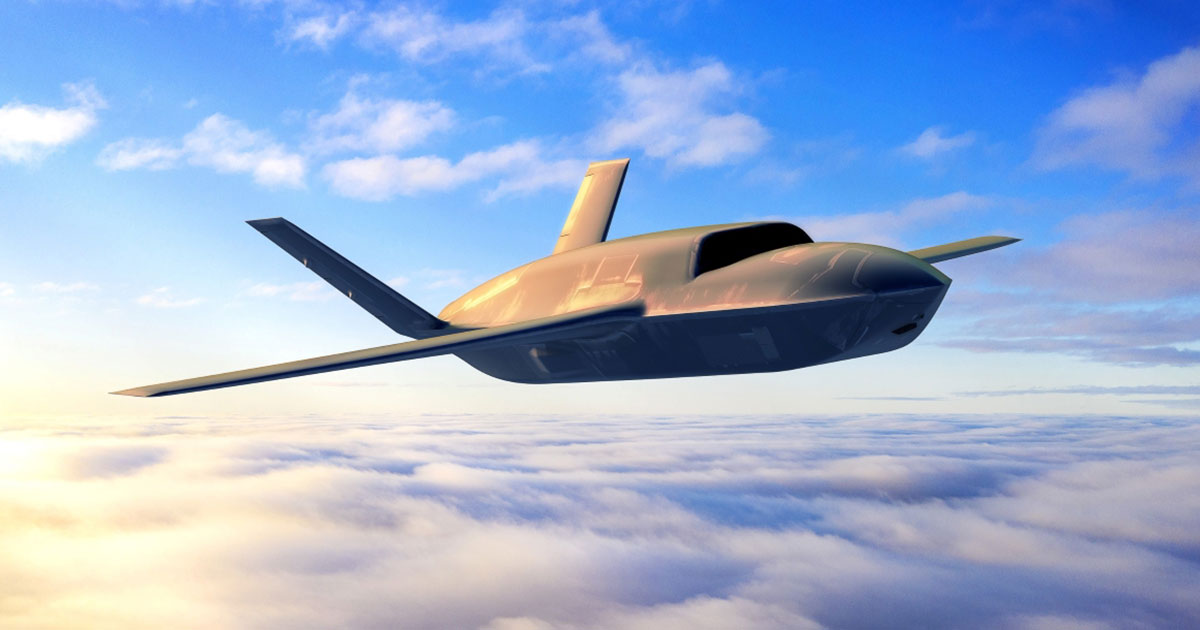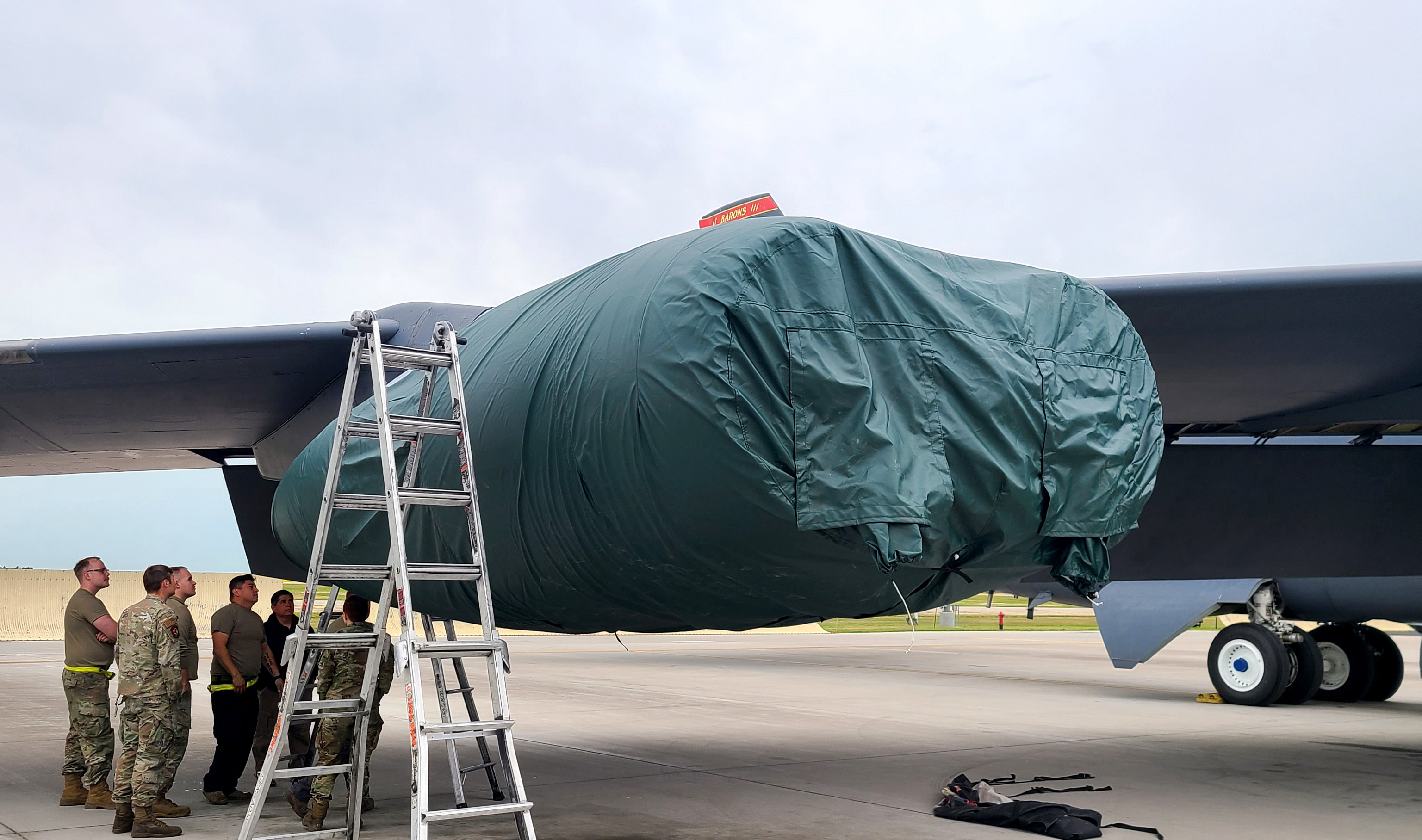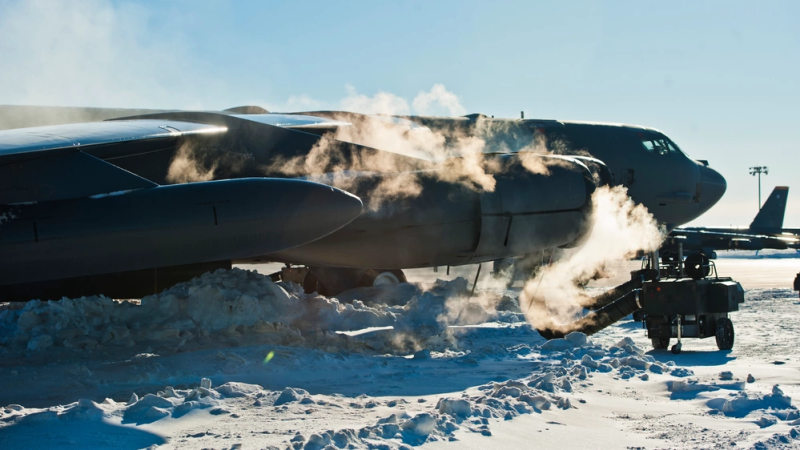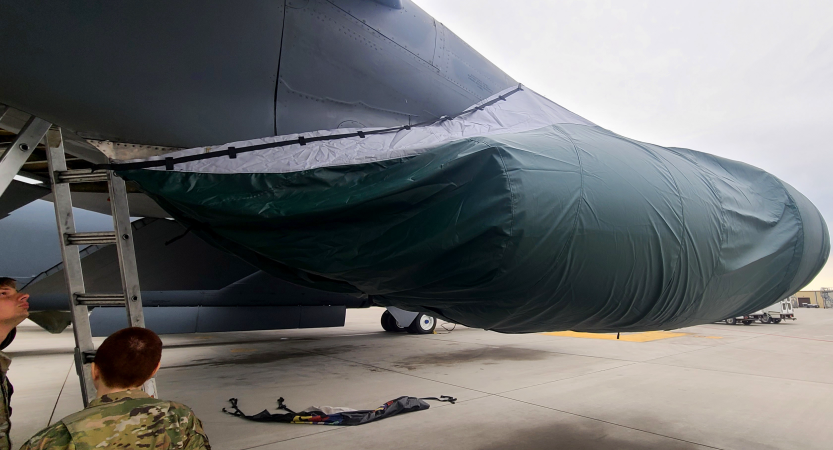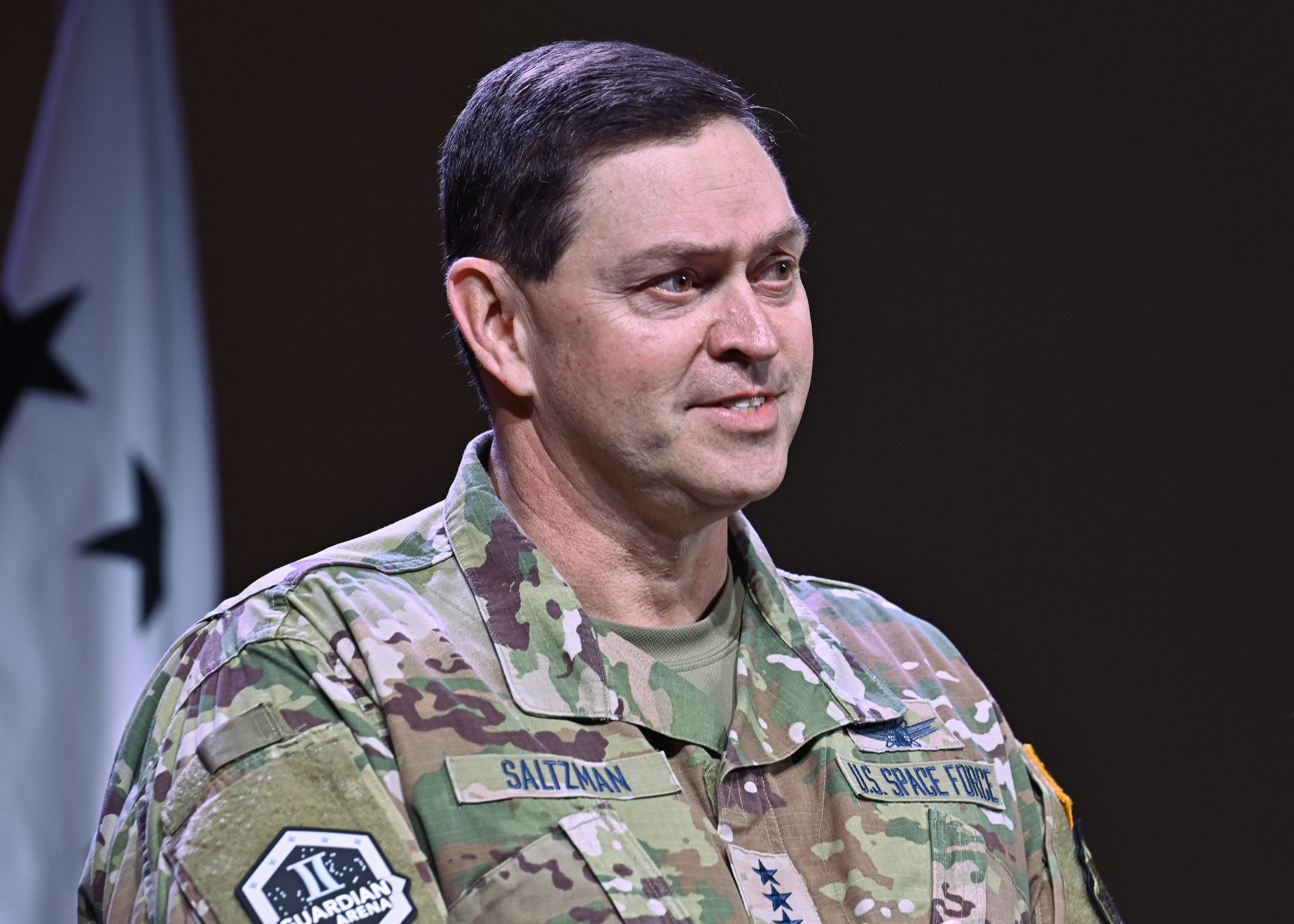ORLANDO, Fla.—Chinese satellites in geosynchronous orbit are maneuvering at high rates, practicing orbital warfare techniques, studying other spacecraft, and testing new ways to evade threats—and Space Force and industry leaders warn the U.S. must learn to maneuver in response.
Since 2010, the People’s Republic of China has launched nearly 1,000 satellites, noted Space Force Chief Master Sgt. Ronald Lerch. But it’s not just volume that’s troubling, he said. Citing “shenanigans in GEO,” he and fellow panelist Clint Clark from the space domain awareness firm Exoanalytics warned of escalating risk.
“China doesn’t sit still,” Clark said. “They’re all over the sky.”
Maneuvering in geosynchronous orbit is particularly unusual, as the entire purpose of that orbital regime is to stay relatively static and stare at one area on Earth.
But Clark said China moves around in orbit to avoid detection, dodge disruption, and get close enough to other satellites to inspect them, move them, or damage them.
“They’re practicing stuff all across the sky,” Clark said. “Their experimental satellites move around, they do a bunch of stuff. … They go up and down the belt. They hold everybody at risk. Periodically, they do crazy stuff. They’ll get on top of a satellite. And sometimes they’ll pick it up and move it away.”
Even traditional GEO satellites used for things like missile warning and intelligence are practicing maneuver skills.
“When you come for them, they’re going to have a playbook to run against you to make sure they can still provide space services to their force,” Clark said.
These maneuvers have been especially noteworthy, he and Lerch added, because of the huge changes in speed, or “delta-v,” that China has been demonstrated.
“It’s not just that they’ve been practicing [tactics],” Clark said. “They’ve been doing them in very specific ways, with huge delta-v’s relative to what we’re able to produce, and they’re doing them in ways that challenge our kill chain.”

U.S. Space Command boss Gen. Stephen Whiting said China has been using maneuver to put its satellites in novel” orbits outside the usual low-, medium-, geosynchronous, and highly elliptical orbits used by others—making it harder for the U.S. to track them.
“It’s vital that given the threats we now see in novel orbits that are hard for us to get to, as well as the fact that the Chinese have been testing on-orbit refueling capability, that we need some kind of sustained space maneuver,” Whiting said.
Traditionally, satellites limit their maneuvers to conserve limited fuel. But with both China and the U.S. eyeing ways to refuel satellites or come up with new propulsion systems that could change. Brig. Gen. Anthony J. Mastalir, head of Space Forces Indo-Pacific, warned of a “paradigm shift … that we need to be prepared to address.”
Mastalir noted the U.S. can also benefit from maneuver, making satellites harder to target with direct ascent antisatellite weapons.
Conversely, though, as Space Force leaders become more and more comfortable talking about offensive space weapons, their own ability to track and target Chinese satellites is challenged by their mobility.
“Heretofore, we have just acknowledged something is going to maneuver or thrust, there’ll be a change in delta-v, and given enough time, we’ll get an orbit determination, and we’ll know where it is,” Mastalir said. “That is not the future, that is not the space warfighting domain that we need to prepare for.”
If both sides are able to maneuver, it inevitably raises the potential of a “dogfight in space,” said Lt. Gen. Douglas A. Schiess, head of Space Forces-Space.
“China is all over the place. We are watching what they are doing, and we are doing things as well to make sure that we’re as safe as possible,” he added.
The difference between the two countries’ space maneuvers, Scheiss argued, is that China has not proven itself to be a “responsible operator in this domain.”
Military space leaders have been talking about dynamic space operations for years now, but it’s unclear how the Space Force will pursue the capability. One option is “gas stations in orbit,” servicing and refueling satellites in space; another is advanced propulsion technology, including nuclear power; a third is simply increasing launches to replenish capabilities and make burning fuel less of a consideration.
Whiting said he’s less interested in how USSF can maneuver more than in simply getting the capability. But he noted an interest in the Space Force’s X-37B spaceplane, which earlier this year demonstrated a novel technique called “aerobraking” to maneuver without burning too much fuel.
“If we had a highly maneuverable system like the X-37 that would allow us to reduce operational surprise,” he said. “Today, we have a hard time getting to those other novel orbits. But if we had a capability to bridge those orbital regimes, then we would be less susceptible to surprise.”

